
Cholesterol Isn't A Toxin
Medical treatment of high--or even what used to be considered normal--levels of cholesterol is so aggressive that it is easy to get the idea that cholesterol is some kind of toxin. It's not. In fact, it's essential to human life. Every cell in the human body is lined, in part, with cholesterol. Almost every hormone in the human body is made from cholesterol. Most of the cholesterol, about 80% of it, in fact, does not come from food. Cholesterol is so important that the liver makes most of our cholesterol, reassembing "extra calories" from fat and carbohydrates in a protective outer shell of protein for transportation through the bloodstream.

How High Is High Cholesterol?
It used to be that doctors wouldn't even think about treating cholesterol levels below about 300 mg/dl (or about 7.8 mmol/L, for those of you outside the United States). Now doctors may aggressively treat cholesterol levels as low as 160 mg/dl (about 6.3 mmol/L) in people who have a history of heart disease or diabetes or who smoke. We can't tell you not to take the drugs your doctor prescribes, but we can tell you that the kind of cholesterol that doctors know actually causes vascular disease isn't even measured by standard laboratory tests--and we are not talking about LDL cholesterol.
- Important notification about information and brand names used in this slideshow!
- Photo courtesy of Let Ideas Compete by Flickr : www.flickr.com/photos/question_everything/3299301399/
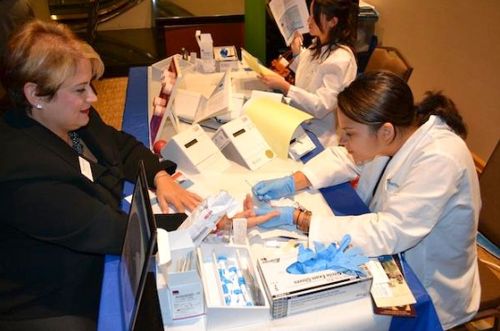
LDL Cholesterol, HDL Cholesterol, Bad And Good Cholesterol
Cholesterol is usually classified as low-density ("bad") cholesterol, or LDL, or high-density ("good") cholesterol or HDL. The liver makes most of the cholesterol in our bodies from leftover triglycerides and fats. Some cells use big, fluffy pieces of cholesterol as their principal fuel, especially the white blood cells known as macrophages, which patrol the bloodstream and the surfaces of tissues looking for infectious microorganisms. Muscle tissues also use cholesterol for fuel. Every time a cell "bites off" part of a big, fluffy, low-density (LDL) cholesterol molecule, it gets smaller and smaller, its protective outer coating (a kind of "rain slicker" made of lipoprotein to enable it to travel through the bloodstream) wearing away to reveal hard, high-density core. Since LDL cholesterol levels are more clearly related to risk of heart disease than HDL, LDL is "bad" and HDL is "good," but it's actually only a specific kind of LDL cholesterol that is just the right size to get stuck in the lining of a blood vessel.
- Important notification about information and brand names used in this slideshow!
- Photo courtesy of JBS International Inc. by Picasa : lh5.googleusercontent.com/-ocv4VDNfUfs/UGMIDhjnH8I/AAAAAAAAA_4/yXat2SOAdqc/s900/BIZGuests%2520at%2520the%25202012%2520Healthiest%2520Employers%2520Awards%2520could%2520get%2520a%2520free%2520cho
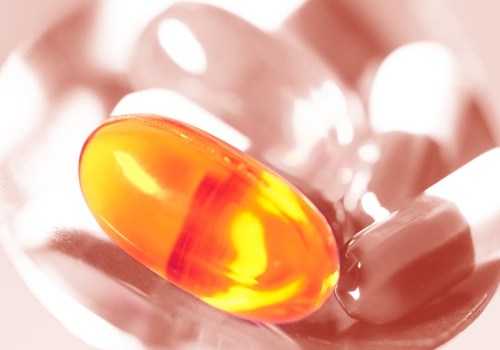
Different Types Of Cholesterol Drugs
The anti-cholesterol drugs we hear about the most are the statins, drugs like the heavily advertised Crestor and Lipitor, but there are actually many different pharmacological approaches to lowering cholesterol. Cholesterol absorption inhibitors keep the body from absorbing cholesterol from food. They don't do anything that can't be done with diet, they only affect about 20% of the body's total supply of cholesterol (the rest made by the liver), and they seem to increase colon cancer rates, so they have largely been discontineud. Nicotinic acid is a form of the B vitamin niacin that raises levels of HDL "good" cholesterol. Too much nicotinic acid, however, can cause liver damage. Bile acid sequestrants keep the bile salts in the bowel from carrying excreted cholesterol back from the gut to the liver. They can cause severe constipation. Statin drugs stop the liver from using one of its own enzymes to make new cholesterol. Their use isn't without its problems but statin drugs have fewer side effects that other cholesterol-lowering medications.
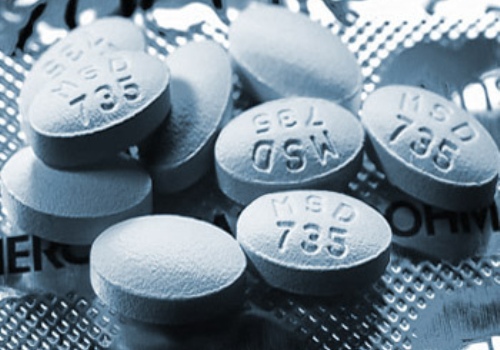
Statin Drugs for Cholesterol
The statin drugs Lipitor, Crestor, Zocor, Lescol, Mevacor, Altacor, Pravachol, and Livalo all work by interfering the liver's ability to use an enzyme called HMG-CoA reductase. This keeps the liver from making new cholesterol and forces the liver to recycle previously formed cholesterol. Different statin drugs have slightly different features. Pravachol (pravastatin) is used when there is use of other drugs that compete with it in the liver for detoxification. Crestor (rosuvastatin) reduces LDL, raises HDL, and lowers triglycerides, which are especially likely to be elevated when there is also diabetes (or when the user simply can't stick to a low-calorie diet). Lipitor (atorvastatin) is used when the doctor wants to lower cholesterol levels fast. If you have high cholesterol, you are more likely to be prescribed a statin than any other kind of cholesterol-lowering drug, if you live in the United States.
- Important notification about information and brand names used in this slideshow!
- Photo courtesy of AJ Cann by Flickr : www.flickr.com/photos/ajc1/4700292186/
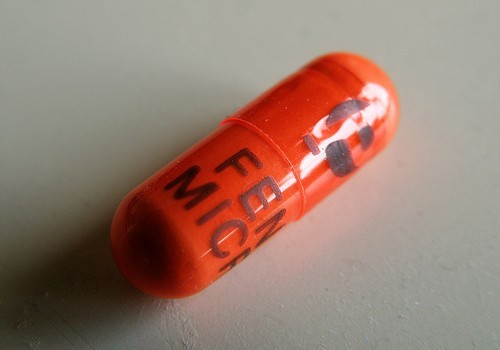
Fibrates (Fibric Acid Derivatives) For Cholesterol
Fibrates, also known as fibric acid derivatives, are prescribed when people need treatment for high cholesterol but react badly to statin drugs. Fibrate drugs like Bezalip and Tri-Cor (benzafibrate and fenofibrate, respectively) and Lopid (gemfibrozil) work by changing the rate at which the liver reprocesses the larger LDL cholesterol molecules into the smaller HDL cholesterol molecules, taking LDL out of the bloodstream and putting HDL in its place. Fibrates also increase the rate at which the liver expels cholesterol into the bile, but that can create problems. Extra cholesterol in the bile can form gallstones, and extra cholesterol in the bowel can cause floating, smelly, oily stools that are very hard to flush and very hard to clean up after.
- Important notification about information and brand names used in this slideshow!
- Photo courtesy of Dennis S Hurd by Flickr : www.flickr.com/photos/dennissylvesterhurd/3571186035/
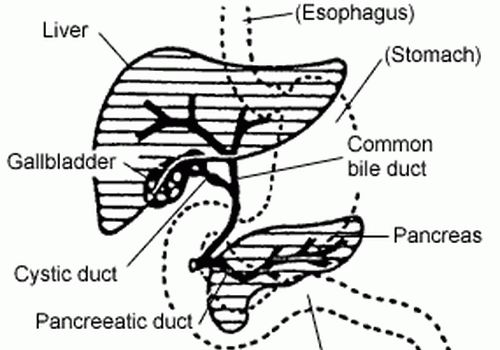
Bile Acid Sequestrants For High Cholesterol
Bile is the green fluid that flows out of the liver into the gallbladder and on to the intestine. One of the components of bile is the bile acids, which form bile salts, sticking to cholesterol and carrying it to the bowel to be expelled with feces. Bile salts, however, don't ordinarily stay in the bowel. They travel back to the liver to be reused. And since the bile salts themselves are made from cholesterol, some bile salts are broken back down into the cholesterol from which they were formed and increase bloodstream cholesterol levels. Bile acid sequestrants keep bile salts from returning to the liver, making it more likely that they will simply be flushed down the toilet. These medications taste bad, however, and they can cause diarrhea, constipation, and flatulence.
- Important notification about information and brand names used in this slideshow!
- Photo courtesy of Jde5005 by Wikimedia Commons : en.wikipedia.org/wiki/File:BiliaryTract.gif
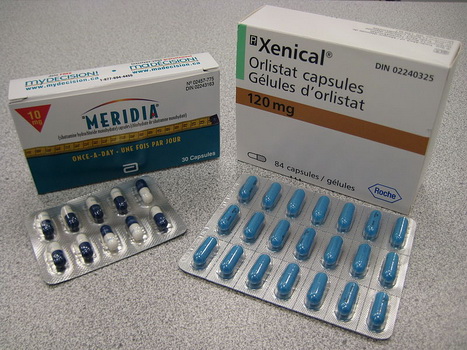
Do Cholesterol Absorption Inhibitors Really Work?
The body makes 80% of its own cholesterol. Only 20% of cholesterol in the bloodstream originates from food. That's why preventing the entry of cholesterol into the body from the digestive tract is never a first-line treatment for high cholesterol levels. Even if the medications were completely successful, they could only lower bloodstream cholesterol levels by about 20%. The way drugs in this class work is by keeping the cells in the lining of the intestine (enterocytes) from converting the cholesterol in food into a form that is water-soluble, that can travel through the bloodstream from the intestine to the liver. If the cholesterol in food is not converted into large water-borne particles called chylomicrons, it stays in the gut and is eventually expelled with feces. The benefits of these medications, however, are limited--and even so, doctors prescribe them to be used with a low-fat diet.
- Important notification about information and brand names used in this slideshow!
- Photo courtesy of Jmh649 by Wikimedia Commons : en.wikipedia.org/wiki/File:Obesity_Med2008.JPG

Diet That Really Lower Cholesterol
In 1998, the New England Journal of Medicine published the case history of an 80-year-old man who had eaten 25 eggs per day for over 15 years, and who had low cholesterol. The cholesterol in food isn't the main source of the cholesterol in the body, and there are limits to how much cholesterol the enterocytes in the lining of the small intestine can process, no matter how much cholesterol is in the food we eat. It isn't eating cholesterol that is the problem in high cholesterol. It is eating too much food in general. The liver makes cholesterol from triglycerides, which are essentially "leftover calories." If you don't consume to many calories, your liver doesn't have as many triglycerides to work with. That's why high-cholesterol foods, eaten in small amounts, sometimes accompany decreasing cholesterol rather than increasing cholesterol.

What Can Go Wrong With Cholesterol Treatment?
With most kinds of cholesterol-lowering medications, the worst thing that can happen is tummy trouble. There can be diarrhea, constipation, bloating, or gas, but there are not likely to be any long-term ill effects of medication. With niacin and nicotinamide, there is a possibility of liver damage when the dosage is over 2,000 mg per day, and the form of niacin or nicotinamide used is slow-release. With the statin drugs, however, a variety of side effects is possible. The most common problem with statin use is forgetfulness--and since users of statins forget to tell their doctors about it, they don't get the new prescriptions they actually need. Severe muscle pain, blood in the urine, and kidney failure are not common but are not impossible--about 15% of statin users experience some kind of side effect requiring a change to a different prescription medication. Always consult your doctor when you believe you are experiencing side effects to medication.
- Important notification about information and brand names used in this slideshow!
- Photo courtesy of George Wesley & Bonita Dannells by Flickr : www.flickr.com/photos/85934826@N00/8477202203/


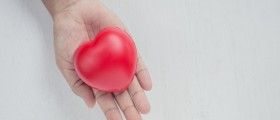
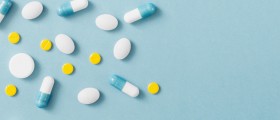
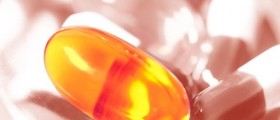

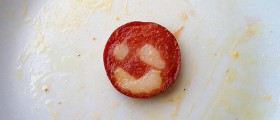


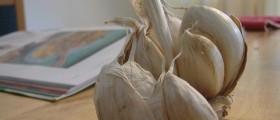
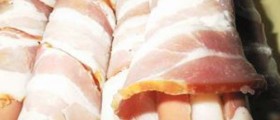


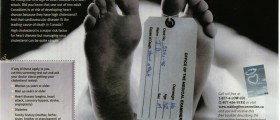


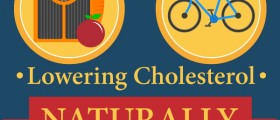
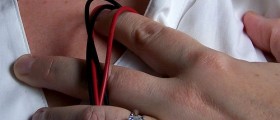
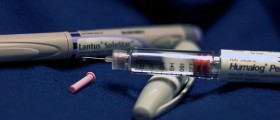


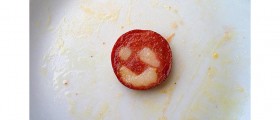

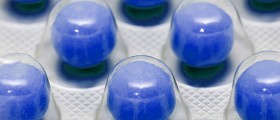
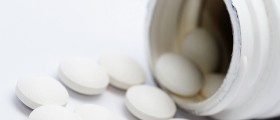
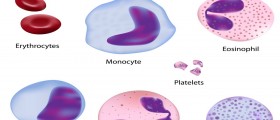
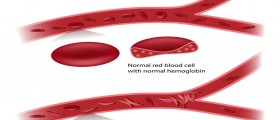
Your thoughts on this
Loading...